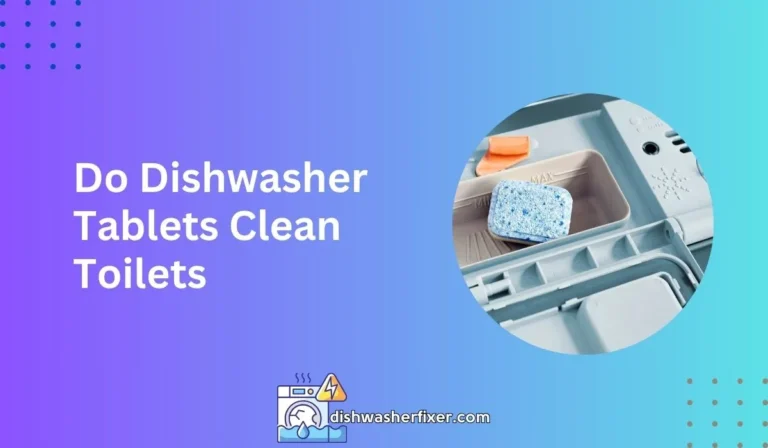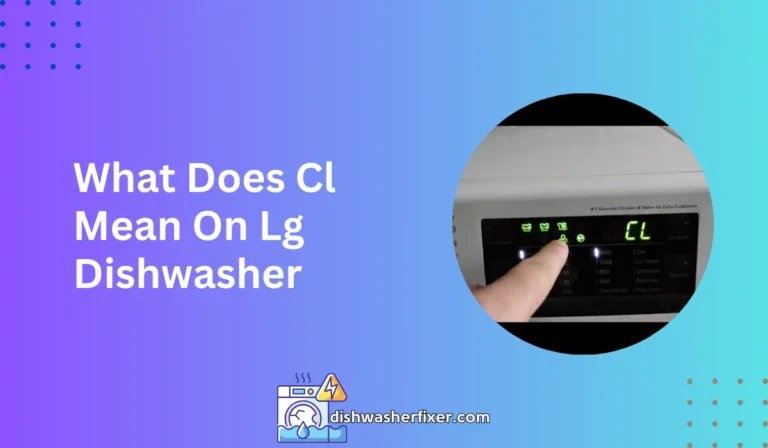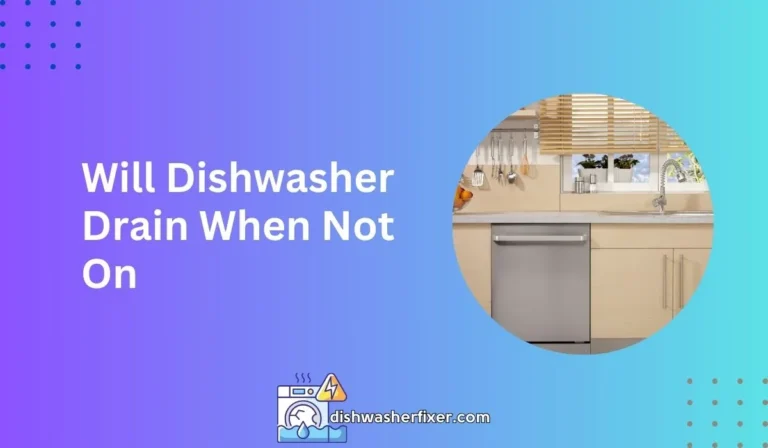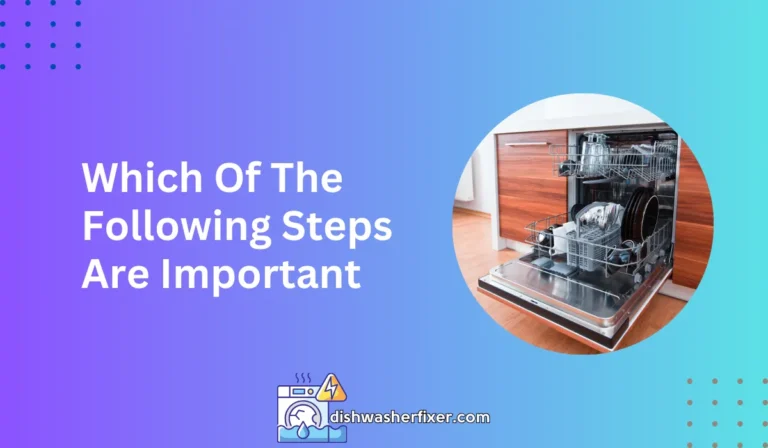How to Repair GE Dishwasher: Quick Fix Guide
To repair a GE dishwasher, first diagnose the issue: not starting could be a faulty door latch, while poor cleaning may be clogged spray arms. Unplug the appliance, then proceed to check and clean or replace the specific part causing trouble. Always refer to the user’s manual for guidance.
Understanding the Problem
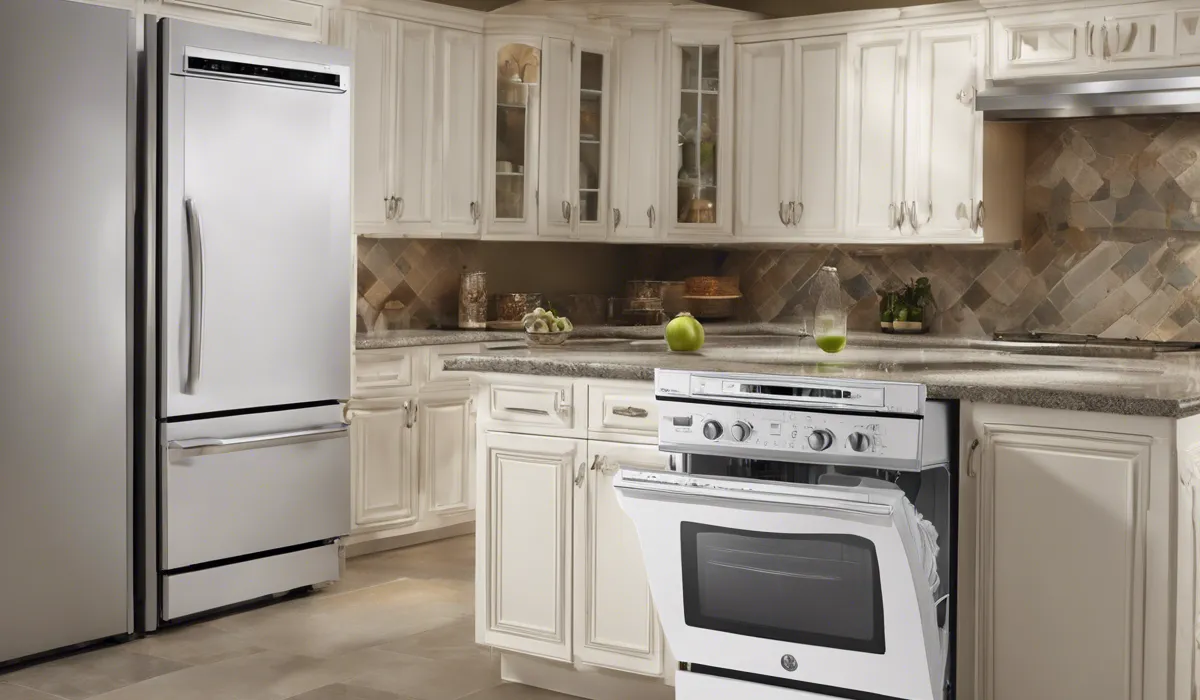
Identifying Common Issues with GE Dishwashers
General Electric (GE) dishwashers are known for their reliability, but like any appliance, they can run into problems.
Some of the most common issues include the dishwasher not starting, not cleaning dishes properly, water not draining, or unusual noises during operation.
Understanding the specific symptoms can help you pinpoint the underlying cause of the problem. It’s important to note that the solution may range from simple cleaning to part replacement.
Tools and Materials Needed for DIY Repair
Before embarking on a DIY repair for your GE dishwasher, ensure you have the right tools and materials.
You’ll likely need screwdrivers, pliers, a multimeter, replacement parts (if necessary), and possibly a flashlight. Having a towel or a sponge on hand to soak up any excess water is also wise.
For specific repairs, additional tools may be required, so consult the user’s manual for more information.
Safety Precautions Before Starting the Repair
Safety must be your priority when working on any electrical appliance. Always unplug your dishwasher before attempting any repair.
If you need to work on anything connected to the electrical system, make sure the circuit breaker is turned off to prevent shock.
Additionally, if you’re working on components that involve water, turn off the water supply to avoid leaks and flooding. Wear protective gloves to safeguard against sharp edges inside the dishwasher.
Troubleshooting and Diagnostics
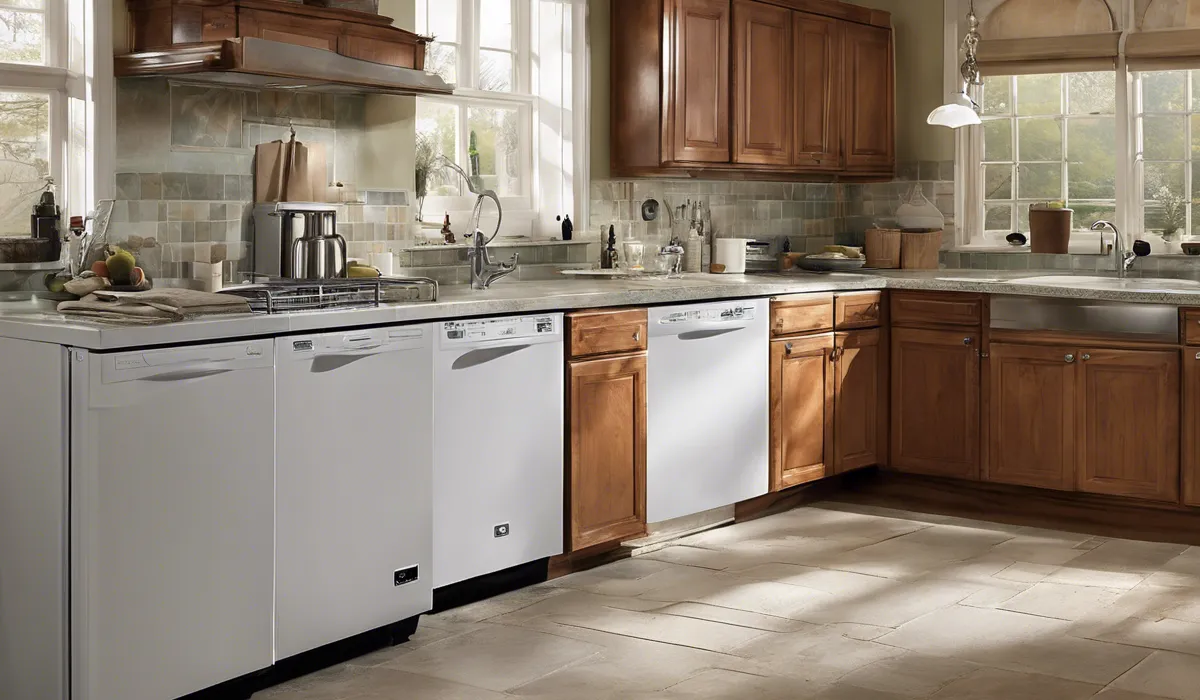
Checking the Power Source and Circuit Breaker
If your dishwasher won’t start, first check that it’s plugged in properly and that the outlet is functioning.
You can test the outlet with another appliance to ensure it’s receiving power. If the outlet is not the problem, check the circuit breaker or fuse box to ensure the dishwasher’s circuit has not tripped or blown a fuse.
Inspecting the Door Latch and Seals
A faulty door latch or compromised seal may prevent the dishwasher from running, as it needs to detect that the door is securely closed.
Check the latch for any damage and ensure that it engages properly. Inspect the door seals for any signs of wear or damage that could prevent a tight seal.
Testing the Dishwasher Controls and Settings
Occasionally, the issue could stem from incorrect settings or a malfunctioning control panel.
Verify that the controls are set properly and that the dishwasher is not set to a delayed start. If the buttons are unresponsive or the display is erratic, the control panel may need to be reset or replaced.
Diagnosing Water Inlet and Drainage Issues
If your dishwasher fills slowly or not at all, the water inlet valve might be at fault. Make sure it’s not clogged and that it opens correctly.
Conversely, if water is not draining, check for clogs in the drain hose or problems with the drain pump. It is crucial to ensure that the garbage disposal is clear if your dishwasher drains through it.
Evaluating Pump and Motor Assembly
Unusual noises or a failure to spray water could indicate a problem with the pump or motor assembly.
Listen for grinding or humming sounds that could signal a jammed or failing motor. Inspect the pump for debris or damage and ensure that the impeller can move freely.
Step-by-Step Repair Guide
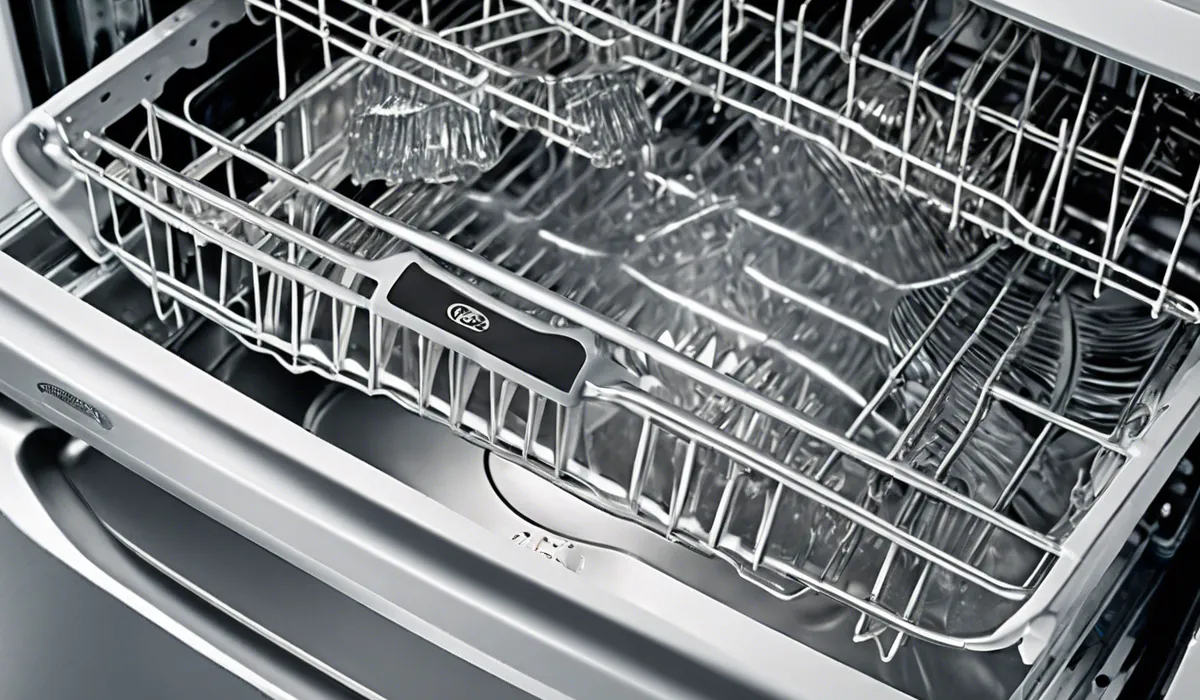
Clearing Clogs and Blockages in the Spray Arms and Filter
If your dishwasher isn’t cleaning dishes properly, it could be due to clogged spray arms or a dirty filter.
Remove the spray arms according to the user’s manual and clean out any food particles or debris. Similarly, clean or replace the dishwasher filter to ensure proper water flow and cleaning efficiency.
Replacing Damaged Seals and Gaskets
Over time, seals and gaskets can wear out, leading to leaks. Inspect all the seals around the door, as well as the gasket at the bottom of the tub. If you find any damage, such as cracks or shrinkage, replace them to maintain a watertight seal.
Fixing or Replacing the Door Latch Mechanism
A broken door latch will prevent your dishwasher from starting. If the latch is damaged or malfunctioning, it will need to be fixed or replaced. This may involve disassembling the door panel to access the latch assembly.
Troubleshooting and Repairing the Water Inlet Valve
If your dishwasher has trouble filling with water, the water inlet valve may be at fault. Test the valve with a multimeter to ensure it has continuity. If it doesn’t, or if it’s visibly damaged or clogged, it will need to be replaced.
Dealing with Pump and Motor Assembly Problems
The pump and motor are critical for circulating water and draining your dishwasher. If these components are failing, they may need to be repaired or replaced.
This process can be complex and may involve removing the dishwasher from its installation to access the bottom where the motor and pump are located.
Resetting or Replacing Electronic Controls
If the dishwasher’s controls are not responding or display errors, a reset might resolve the issue.
Consult the user’s manual on how to perform a reset. If this doesn’t work, the electronic control board may need to be replaced. This is a delicate task and may be best left to a professional if you’re not comfortable with electronic repairs.
FAQs About GE Dishwasher Repair
Why won’t my GE dishwasher start?
A GE dishwasher that won’t start may have a faulty door latch which prevents the cycle from beginning. Ensure the dishwasher is unplugged before checking the latch for issues.
What can cause a GE dishwasher to clean poorly?
Poor cleaning in a GE dishwasher is often caused by clogged spray arms. Unplug the dishwasher and inspect the spray arms for blockages, then clean them as necessary.
How do I troubleshoot a malfunctioning GE dishwasher?
To troubleshoot your GE dishwasher, unplug the appliance and diagnose the issue by checking the parts typically associated with the problem, such as the door latch or spray arms, and refer to the user’s manual for specific guidance.
What should I do before attempting to repair my GE dishwasher?
Before attempting any repairs, make sure to unplug the GE dishwasher to ensure safety, and consult the user’s manual for instructions related to the issue you’re facing.
How do I replace parts in my GE dishwasher?
To replace parts in your GE dishwasher, first unplug the appliance, then remove the faulty part by following the instructions in the user’s manual, and install the new part ensuring it is secured properly.
Final Thoughts
Repairing a GE dishwasher involves diagnosing the problem, such as a faulty door latch or clogged spray arms, and then addressing it.
Ensure the appliance is unplugged before starting. Check and clean or replace the malfunctioning part as needed, with the user’s manual as a guide for specific instructions.
Useful Resources
- https://www.cpsc.gov/Recalls/2001/CPSC-and-GE-Announce-Free-Repair-Supplement-of-Rebate-Program-for-Recalled-Dishwashers-Recalled-Units-Still-Being-Used-Creating-Risk-of-Fire?language=th
- https://online-auction.state.gov/en-US/Auction/Index/07c880af-9926-48f4-8df5-87dca1a9d96c/Category/0/Page/1
- https://www.cpsc.gov/Recalls/2012/ge-recalls-dishwashers-due-to-fire-hazard
